
African American students at Armstrong Technical High School in Washington, DC use a jigsaw in 1942.
The Washington Sanitary Improvement Company (WSIC) was a late 19th century charitable capitalism experiment that ended in the 1950s. This blog started looking at the homes that were supposed to be sold to African American home buyers, after decades of mainly renting to white tenants.
Looking at WSIC properties they tend to have a pattern where the properties were sold to a three business partners, Nathaniel J. Taube, Nathan Levin and James B. Evans as the Colonial Investment Co. for $3 million dollars. Those partners sold to African American buyers. There was usually a foreclosure. Then the property wound up in the hands of George Basiliko and or the DC Redevelopment Land Agency (RLA). Then there was the odd lucky ones who managed to avoid that fate.
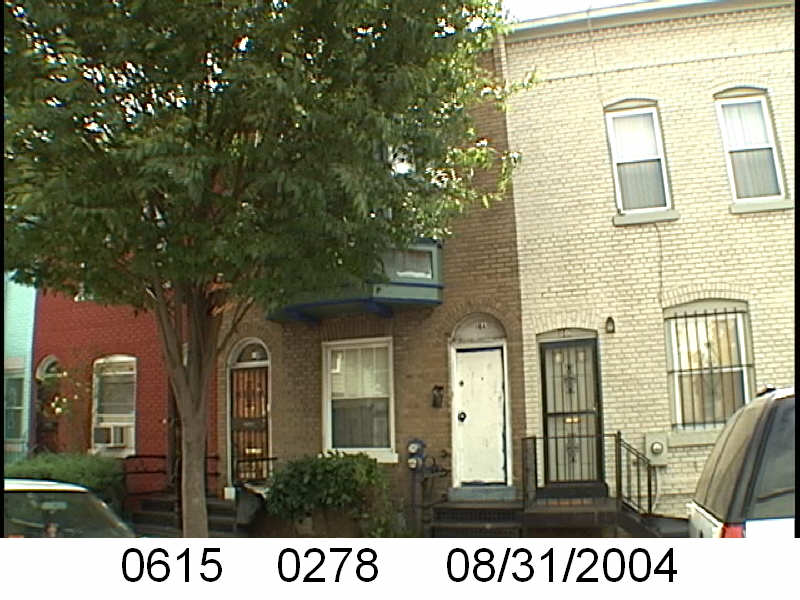
Let’s see what happens with 18 Bates St NW:
I looked to see if Alberta Colson appeared anywhere else because sometimes the land records were entered in the system incorrectly. Nope. The last we see of her is in 1961. Also I will stop at 1978 because there are a slew of documents with water liens, wrongful housing and all sorts of messy things.
Let’s take a break from the Washington Sanitary Improvement Company houses and look at some old photos of Truxton Circle schools.
Below is Armstrong Technical High School in March 1942.
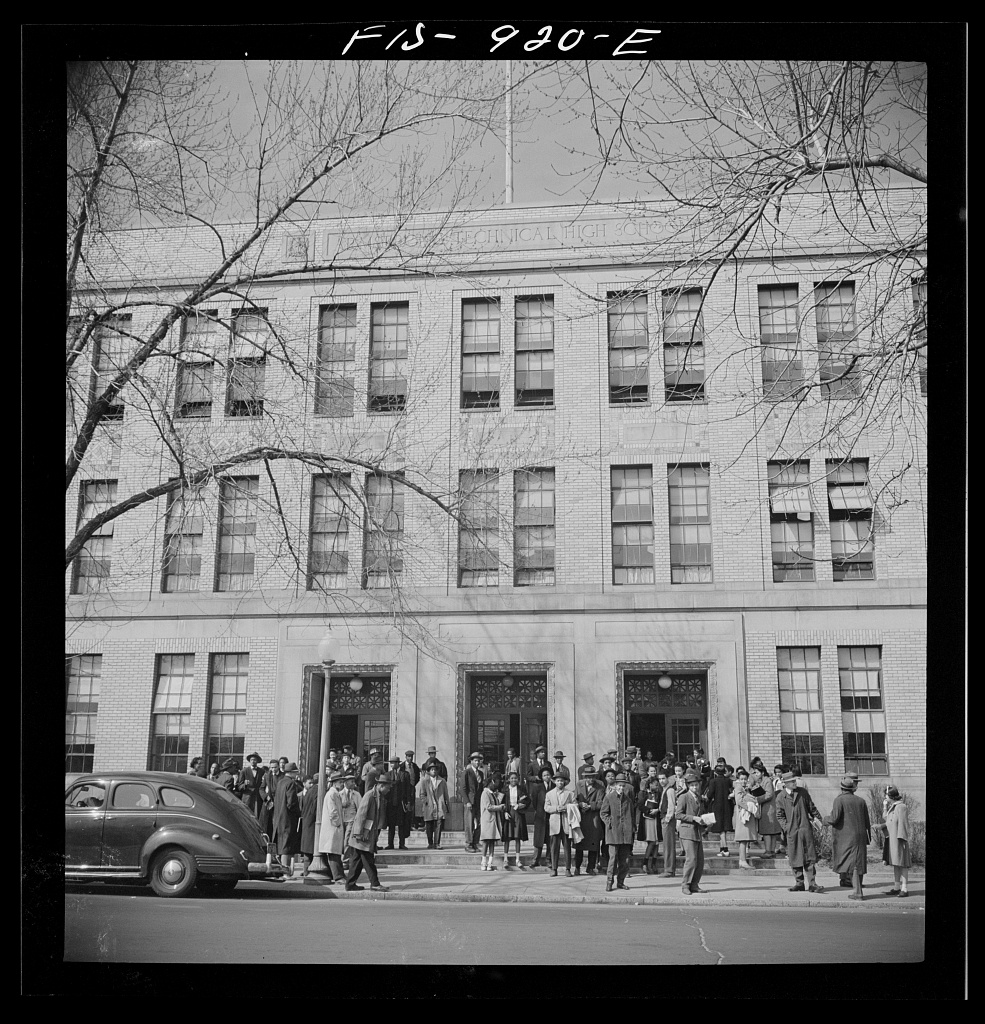
If I were to guess this is probably the P Street side of the school. Free free to argue with me in the comments.
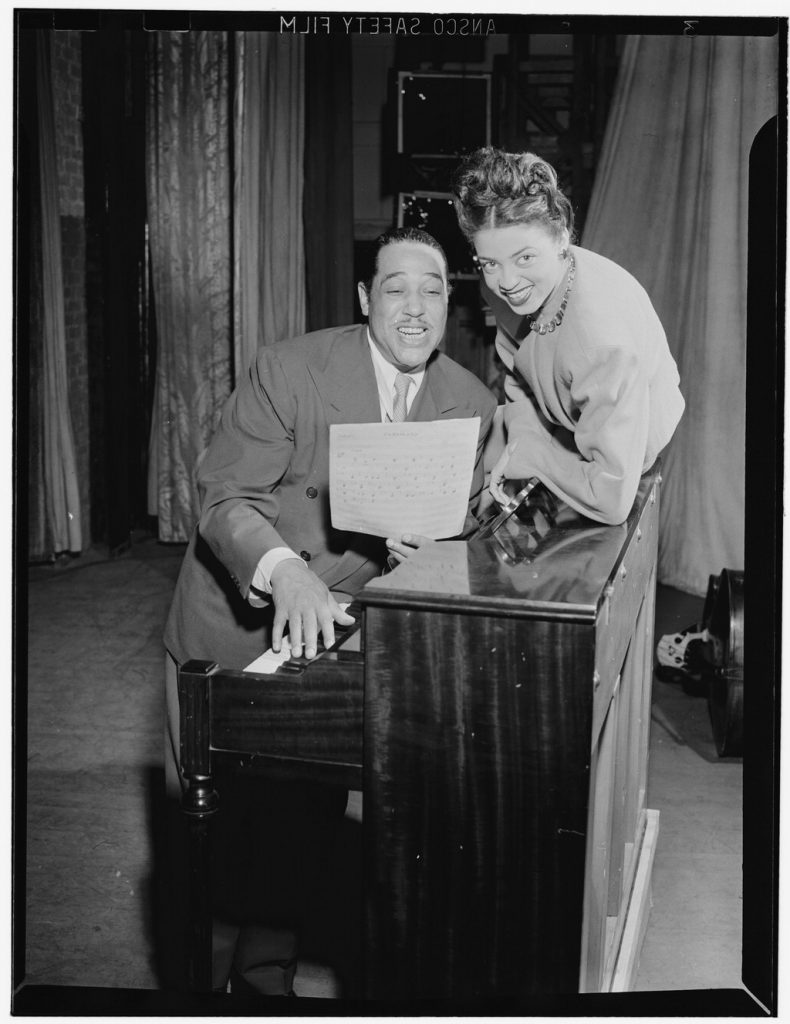
Duke Ellington, for whom a bunch of buildings around DC are named, attended Armstrong to study art and design.
Currently, Armstrong is the location of one of the Friendship Charter Schools for Pre-K and elementary aged children.
The Washington Sanitary Improvement Company (WSIC) was a late 19th century charitable capitalism experiment that ended in the 1950s. This blog started looking at the homes that were supposed to be sold to African American home buyers, after decades of mainly renting to white tenants.

Looking at WSIC properties they tend to have a pattern where the properties were sold to a three business partners, Nathaniel J. Taube, Nathan Levin and James B. Evans as the Colonial Investment Co. for $3 million dollars. Those partners sold to African American buyers. There was usually a foreclosure. Then the property wound up in the hands of George Basiliko and or the DC Redevelopment Land Agency (RLA). Then there was the odd lucky ones who managed to avoid that fate.
Let’s see what happens with 201 P St NW:
This transaction went as well as it could. No foreclosures. For some reason there was a Basiliko document but I could not link a deed to him for this property. So I ignored it. And if no Basiliko, there is no DC RLA or any other DC government scheme to rehabilitate the property.
In 2012, the property was united under one owner. According to that document the Wrights and Ms. Ferguson were all dead and their estates sold their halves. Paul Wright died 1952. Johnnie Mae Wright died in March 2005, Herbert Champion and Dorothy Simpson Dickerson represented her estate. Catherine Estep Ferguson, later Catherine Olivia Milner died January 26, 2005. Her estate was represented by son Michael James Milner and companion, Paul Woods.
Sometimes due to a bad read by the OCR or fat fingers the wrong document shows up out of no where. There was a 1953 document I ignored because neither party was on the deed. The borrowers borrowed 804.86 for work done by the Consolidated Engr. & Distr. Co, Inc. at 201A P Street NW. So this and the Basiliko document are the two that made no sense in the history of this house.
The Washington Sanitary Improvement Company (WSIC) was a late 19th century charitable capitalism experiment that ended in the 1950s. This blog started looking at the homes that were supposed to be sold to African American home buyers, after decades of mainly renting to white tenants.
Currently, 18 O Street NW has been divided into condos and there isn’t a convenient DCRA photo from 2004 to look at. But thankfully the lot next door, currently lot 237, for 16 O St NW. From the 1909 map it appears 18 O Street NW is on lot 181. I am guessing 18 O may have also been lot 236.
Looking at WSIC properties they tend to have a pattern where the properties were sold to a three business partners, Nathaniel J. Taube, Nathan Levin and James B. Evans as the Colonial Investment Co. for $3 million dollars. Those partners sold to African American buyers. There was usually a foreclosure. Then the property wound up in the hands of George Basiliko and or the DC Redevelopment Land Agency (RLA). Then there was the odd lucky ones who managed to avoid that fate.
 Let’s see what happens with 18 O St NW:
Let’s see what happens with 18 O St NW:
I don’t know what connection, if any the Housing System Dev. and Construction Corp had to DC’s RLA. What I can see in the record is that the property somehow still required Basiliko’s involvement and they were condemned at a point. So whatever supposed construction that was supposed to take place, probably didn’t.
Okay let’s get out the bingo card. Halves of one property sold to two separate households, check. The sole lenders were Abraham H. Levin and Robert G. Weightman, check. Foreclosure, check. Sold to George Basiliko, check. Sold to DC RLA? Nope.
The Washington Sanitary Improvement Company (WSIC) was a late 19th century charitable capitalism experiment that ended in the 1950s. This blog started looking at the homes that were supposed to be sold to African American home buyers, after decades of mainly renting to white tenants.

Looking at WSIC properties they tend to have a pattern where the properties were sold to a three business partners, Nathaniel J. Taube, Nathan Levin and James B. Evans as the Colonial Investment Co. for $3 million dollars. Those partners sold to African American buyers. There was usually a foreclosure. Then the property wound up in the hands of George Basiliko and or the DC Redevelopment Land Agency (RLA). Then there was the odd lucky ones who managed to avoid that fate.
Let’s see what happens with 60 Bates St NW:
It appears that between 1972-1980 the DC Redevelopment Land Agency gains control of 60 Bates Street. The document showing the transfer from Basiliko to DC RLA is somewhere but does not appear for this property.
So lets check our WSIC sell off bingo card. Half of the property sold to two different households, check. Same lender for all borrowers, check. Foreclosure, check. Sold to Basiliko, check. Sold to DC RLA, I can’t find the paperwork, but check.
The Washington Sanitary Improvement Company (WSIC) was a late 19th century charitable capitalism experiment that ended in the 1950s. This blog started looking at the homes that were supposed to be sold to African American home buyers, after decades of mainly renting to white tenants.
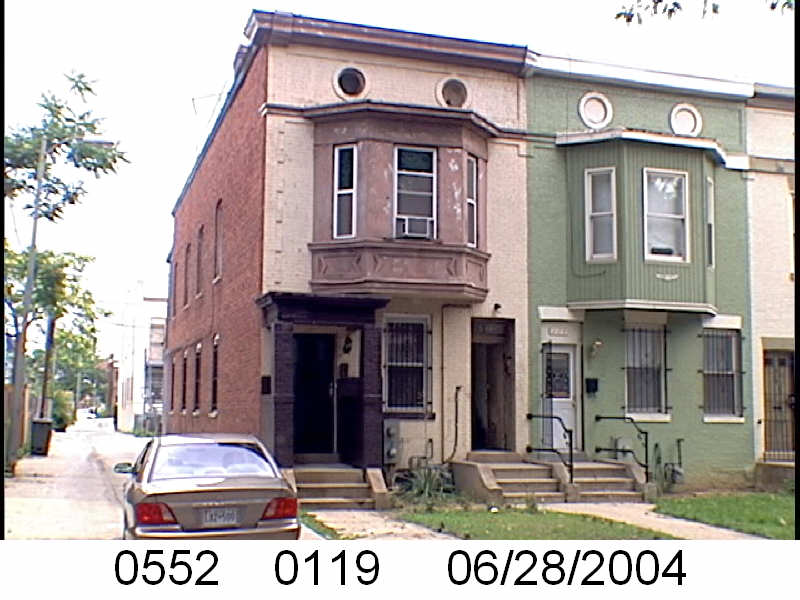
Looking at WSIC properties they tend to have a pattern where the properties were sold to a three business partners, Nathaniel J. Taube, Nathan Levin and James B. Evans as the Colonial Investment Co. for $3 million dollars. Those partners sold to African American buyers. There was usually a foreclosure. Then the property wound up in the hands of George Basiliko and or the DC Redevelopment Land Agency (RLA). Then there was the odd lucky ones who managed to avoid that fate.
Let’s see what happens with 231 P St NW:
After that things get messy. I don’t like to look at these records past the 1980s and 1990s because that brings me ever closer to bumping into people I might have known. And it is just weird.
Basiliko, in the form of George Basiliko with wife Sophia, and George Basiliko Inc., had a couple of real estate documents between 1962 and 1978. December 1978 George Basiliko Inc sold his half of 231 P St NW to Lewis L. Washington.
June 1980 Norris added Patricia Butler to the deed. Propertyquest has Patricia Butler is the current owner….. Okay. I didn’t see when/how it came under one owner.
So let’s check our WSIC bingo card. Sale of half of the property, eventually, check. Foreclosure, check. Sale to Basiliko, check. Sale to DC Redevelopment Land Agency, nope.
The Washington Sanitary Improvement Company (WSIC) was a late 19th century charitable capitalism experiment that ended in the 1950s. This blog started looking at the homes that were supposed to be sold to African American home buyers, after decades of mainly renting to white tenants.
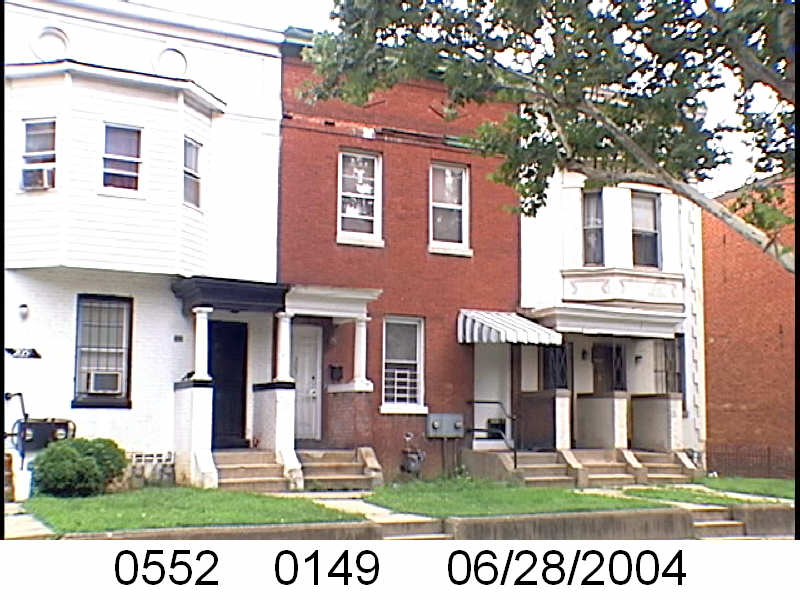
Looking at WSIC properties they tend to have a pattern where the properties were sold to a three business partners, Nathaniel J. Taube, Nathan Levin and James B. Evans as the Colonial Investment Co. for $3 million dollars. Those partners sold to African American buyers. There was usually a foreclosure. Then the property wound up in the hands of George Basiliko and or the DC Redevelopment Land Agency (RLA). Then there was the odd lucky ones who managed to avoid that fate.
Let’s see what happens with 203 P St NW:
I will leave it in the 1970s. Let’s check our WSIC checklist. Half of the building sold to two separate households, check. Foreclosure, check. Half or all of the property sold to George Basiliko, check. Sold to DC RLA or any associated private partners, nope.